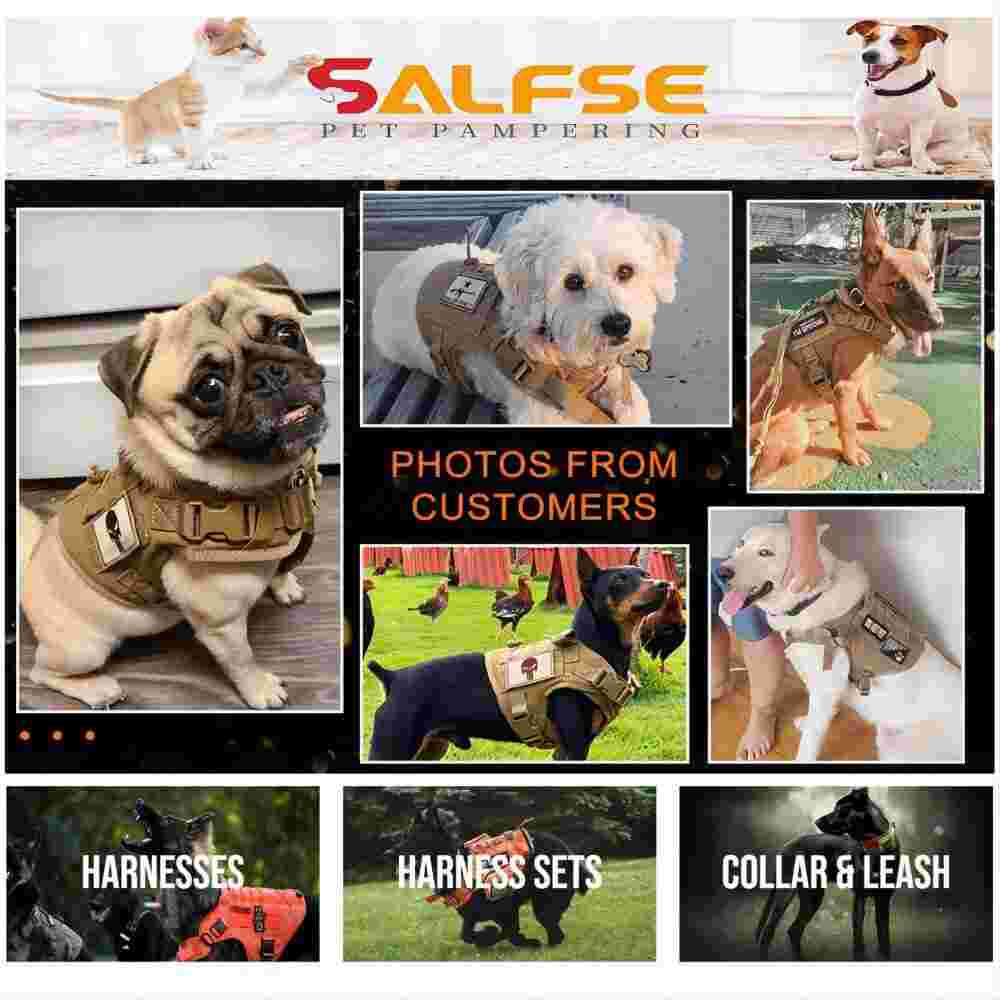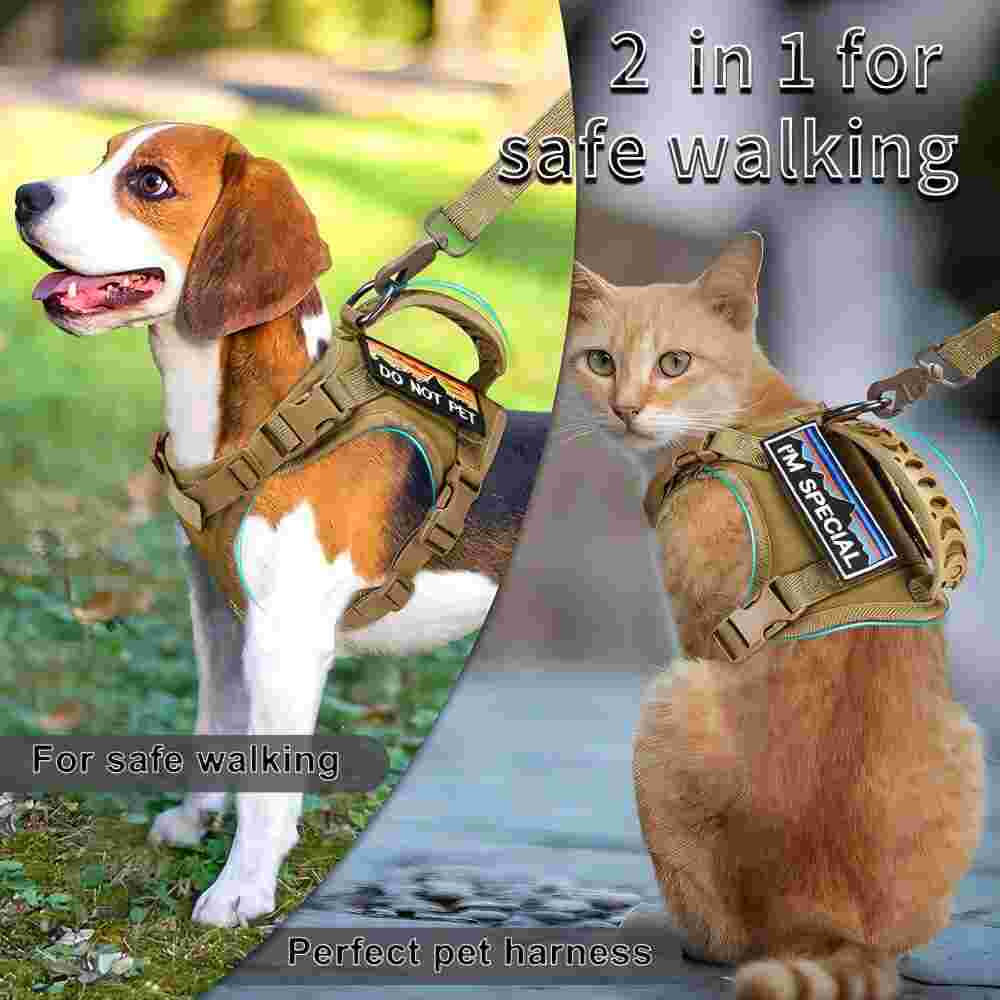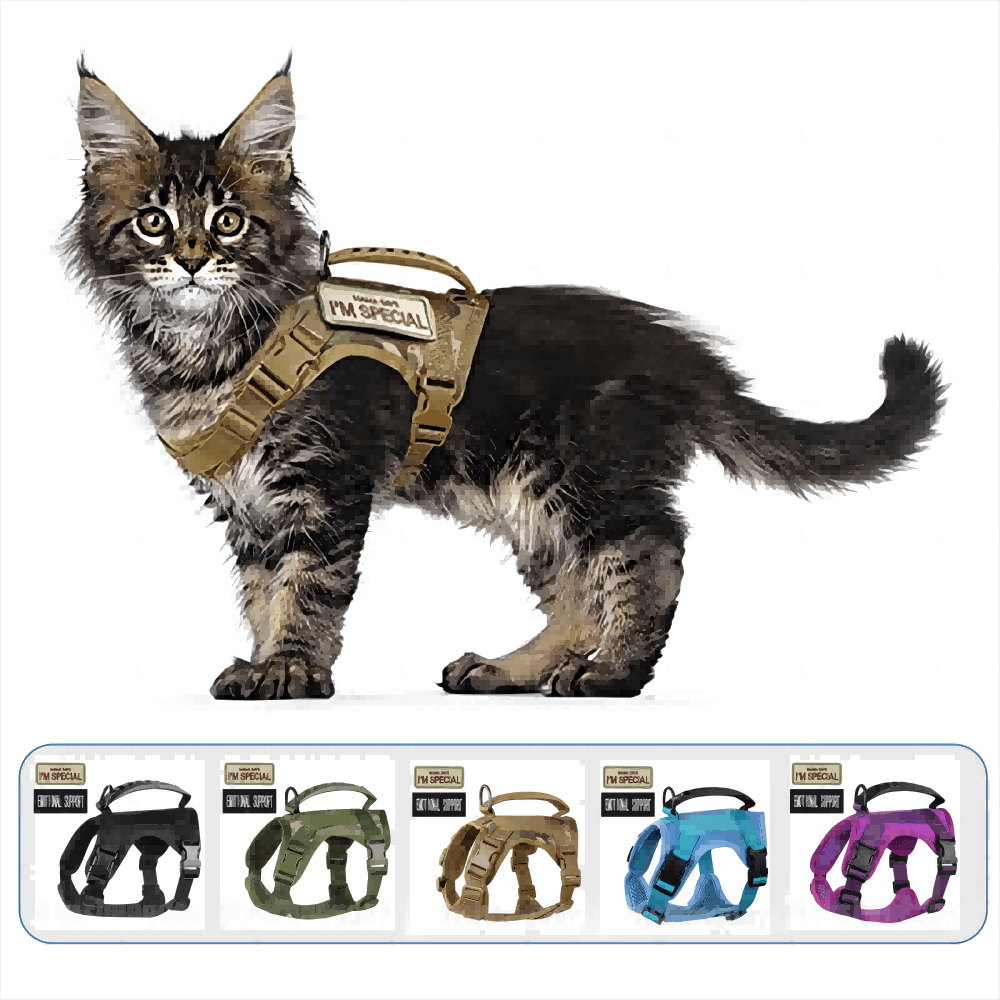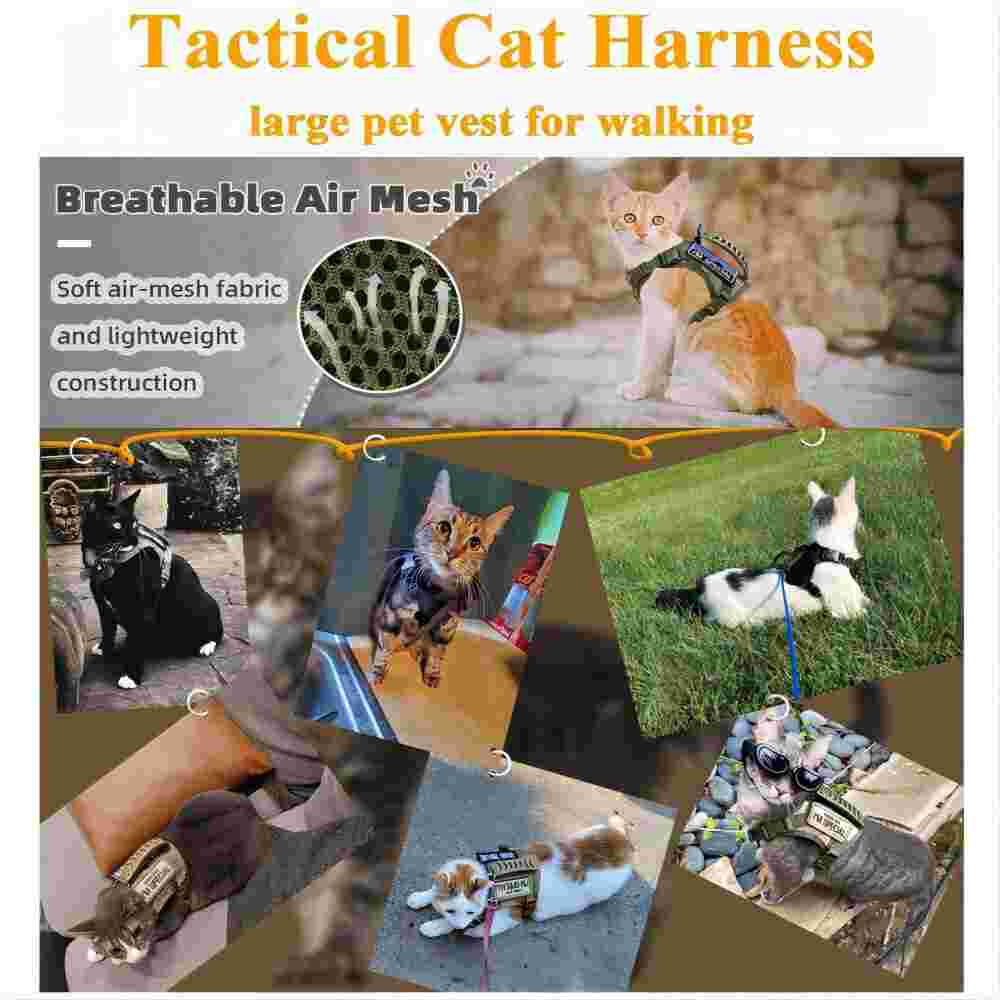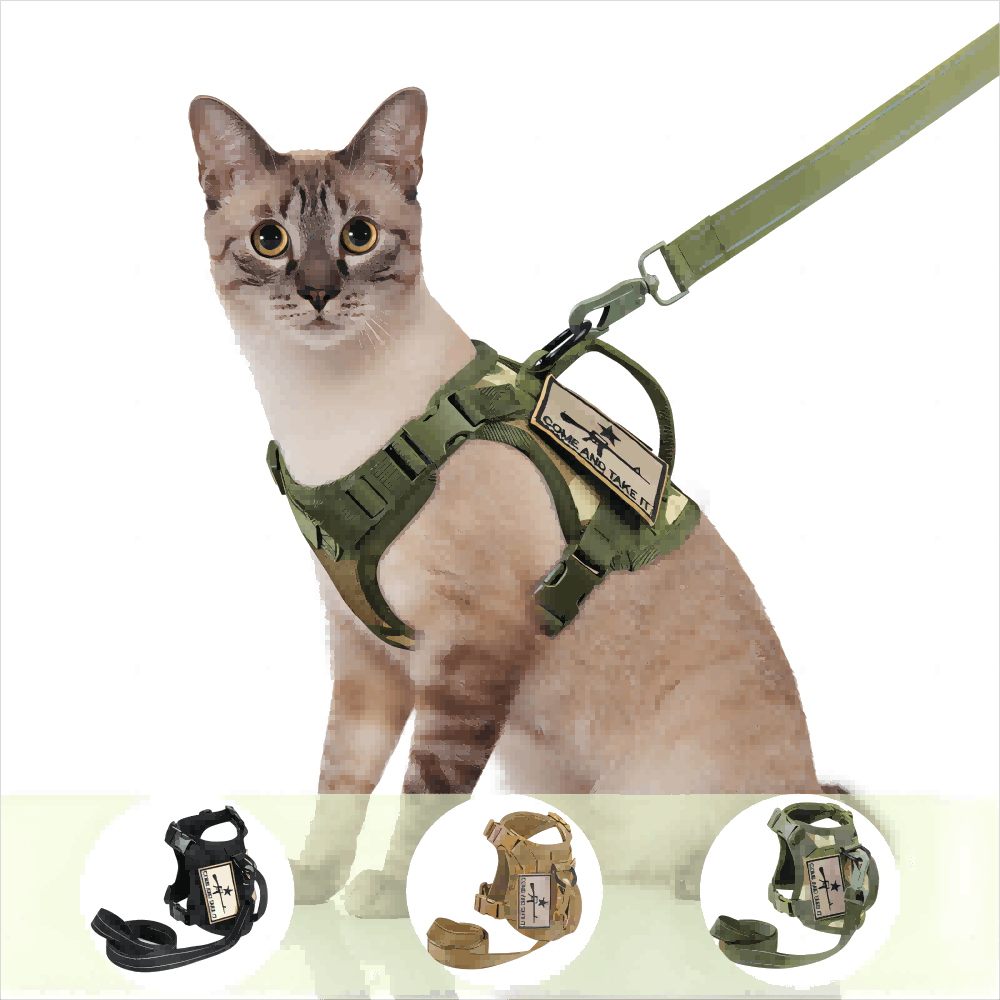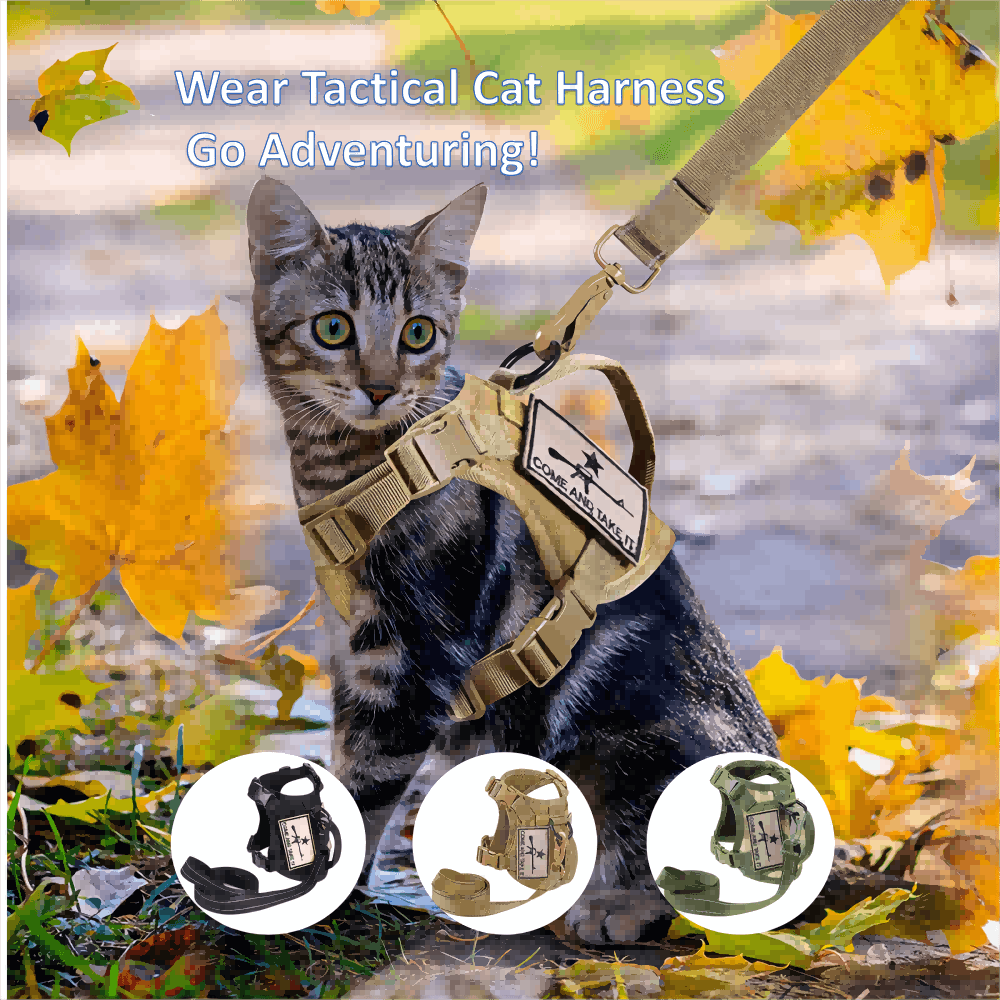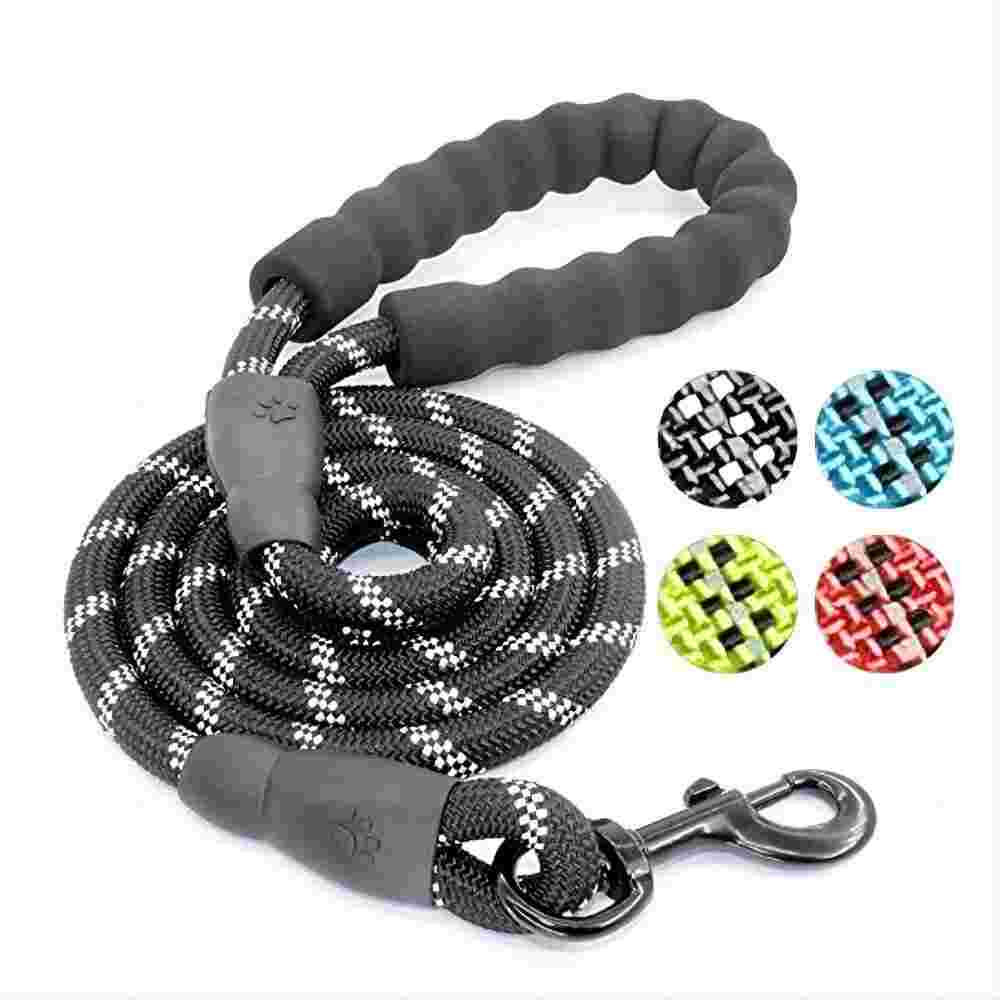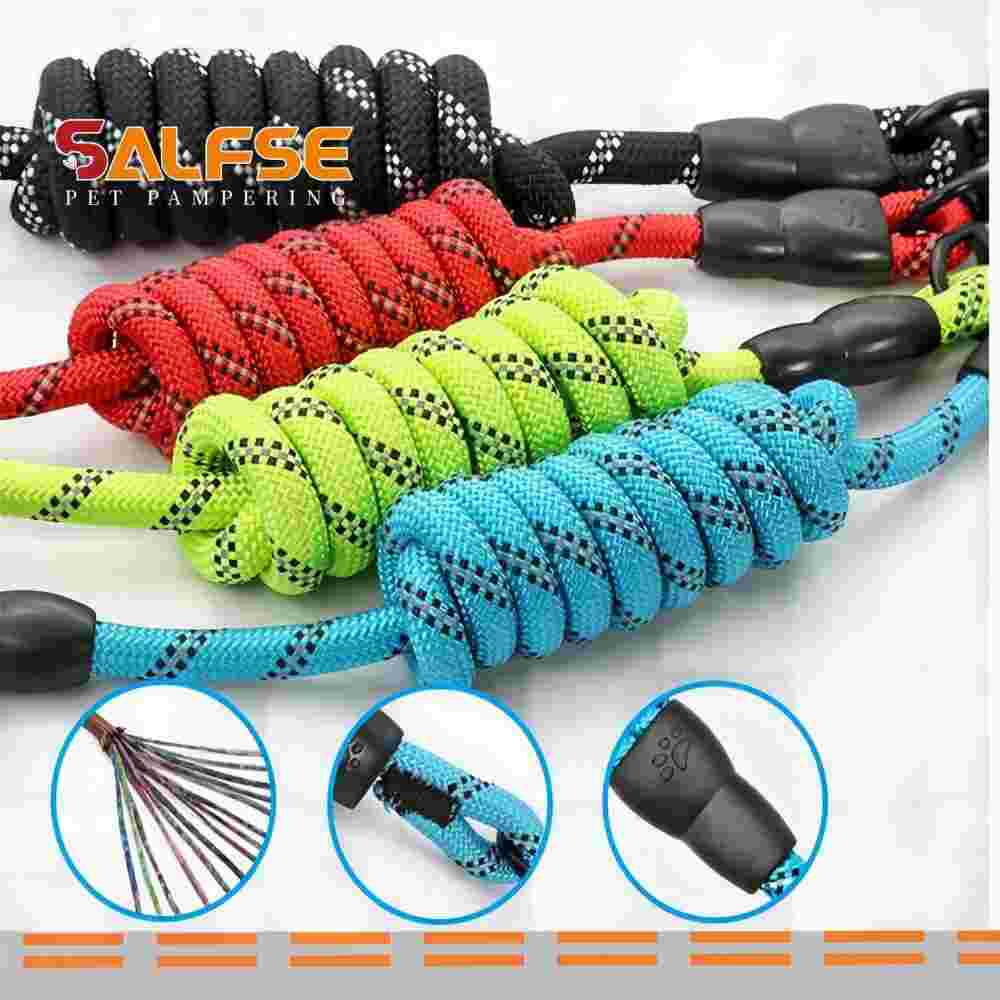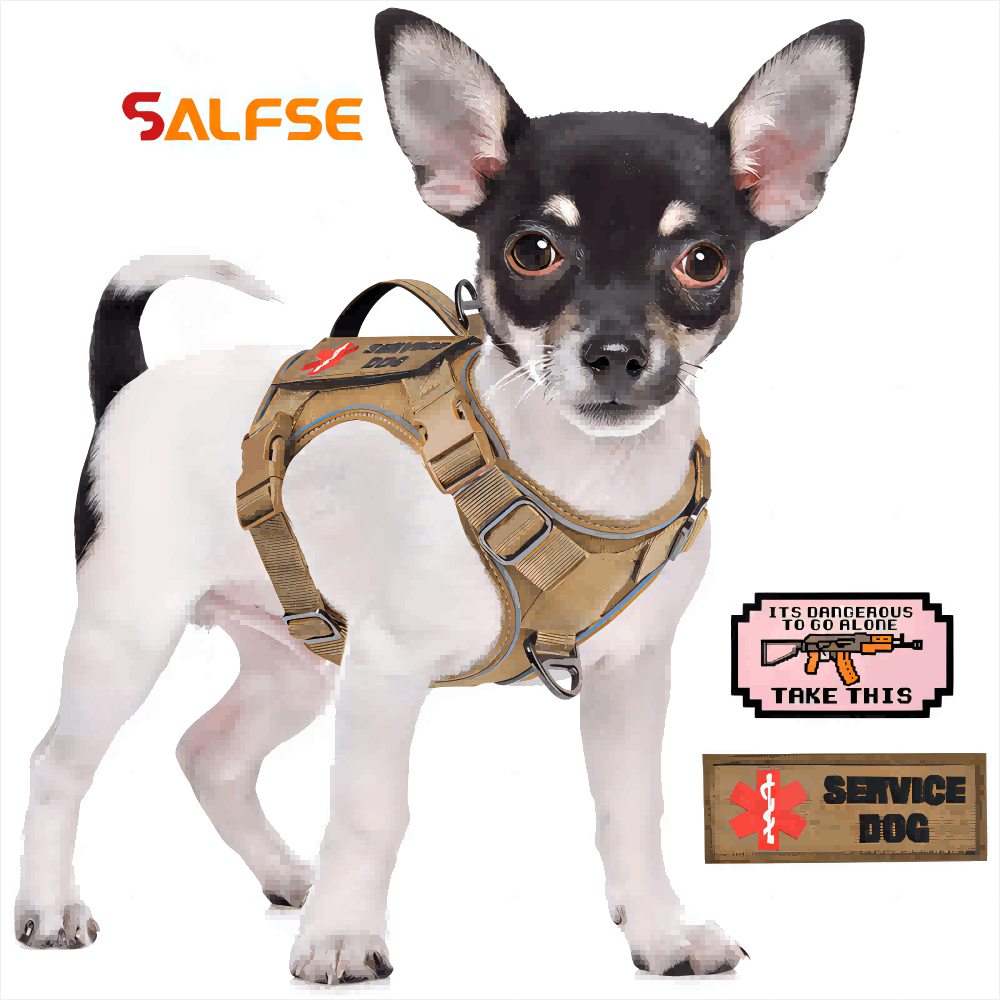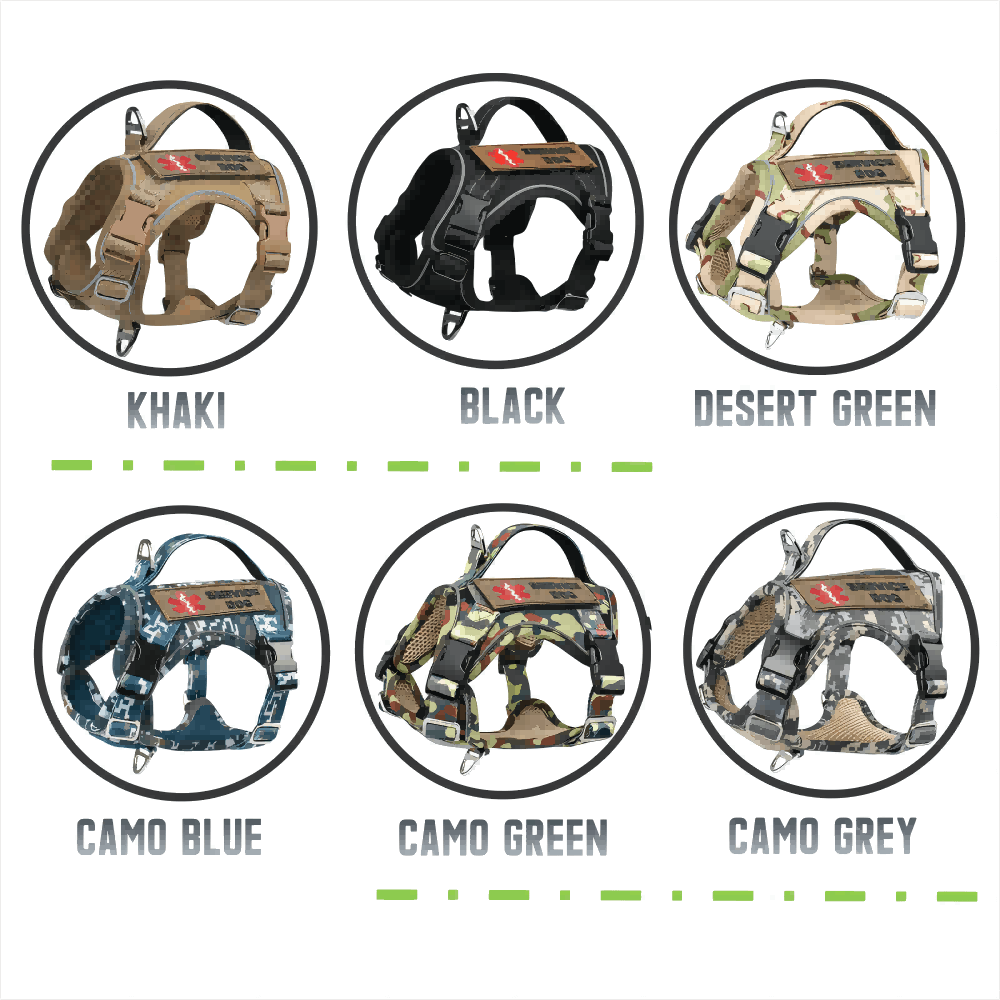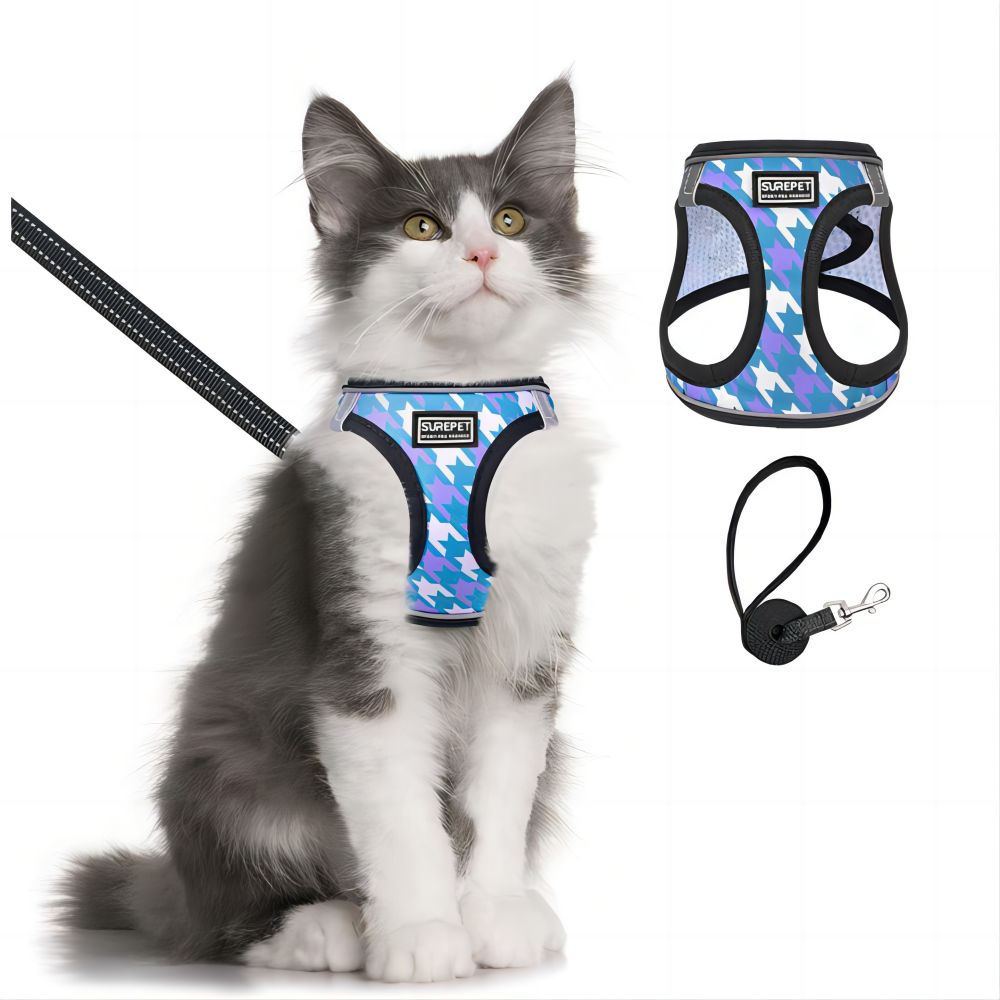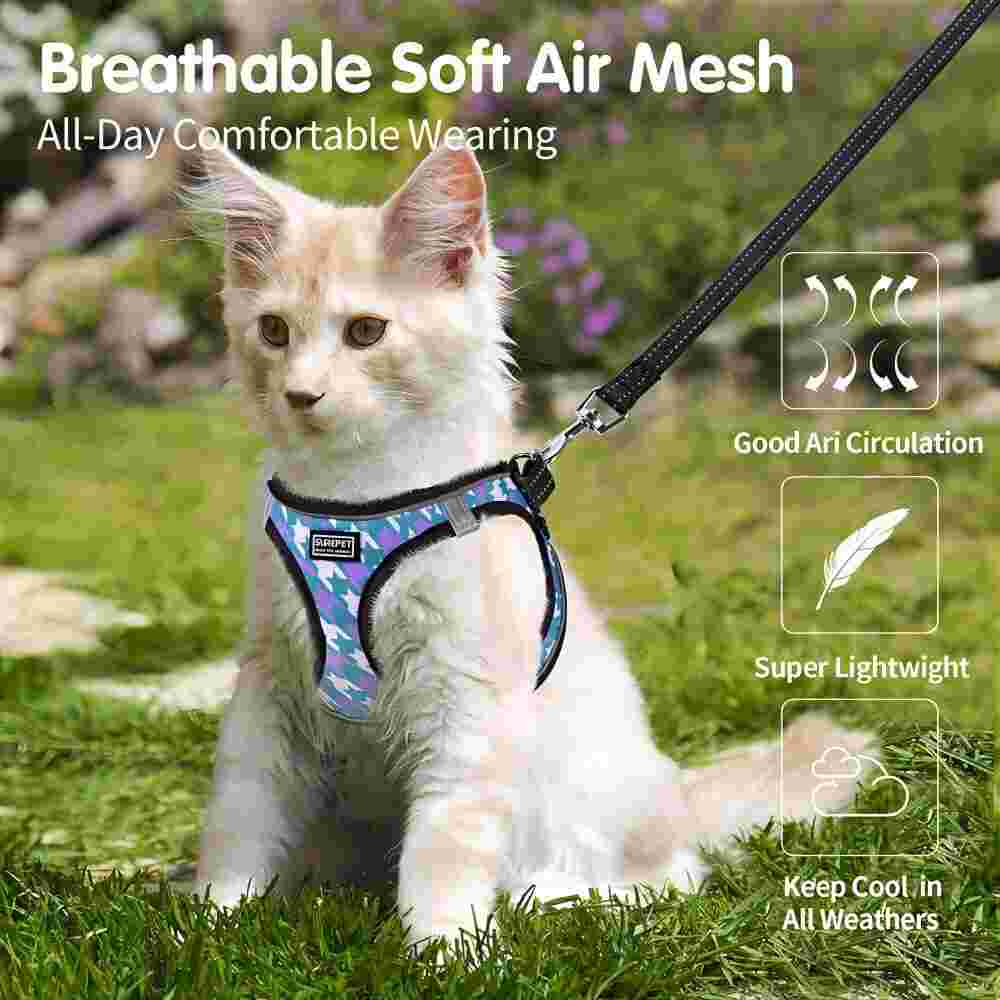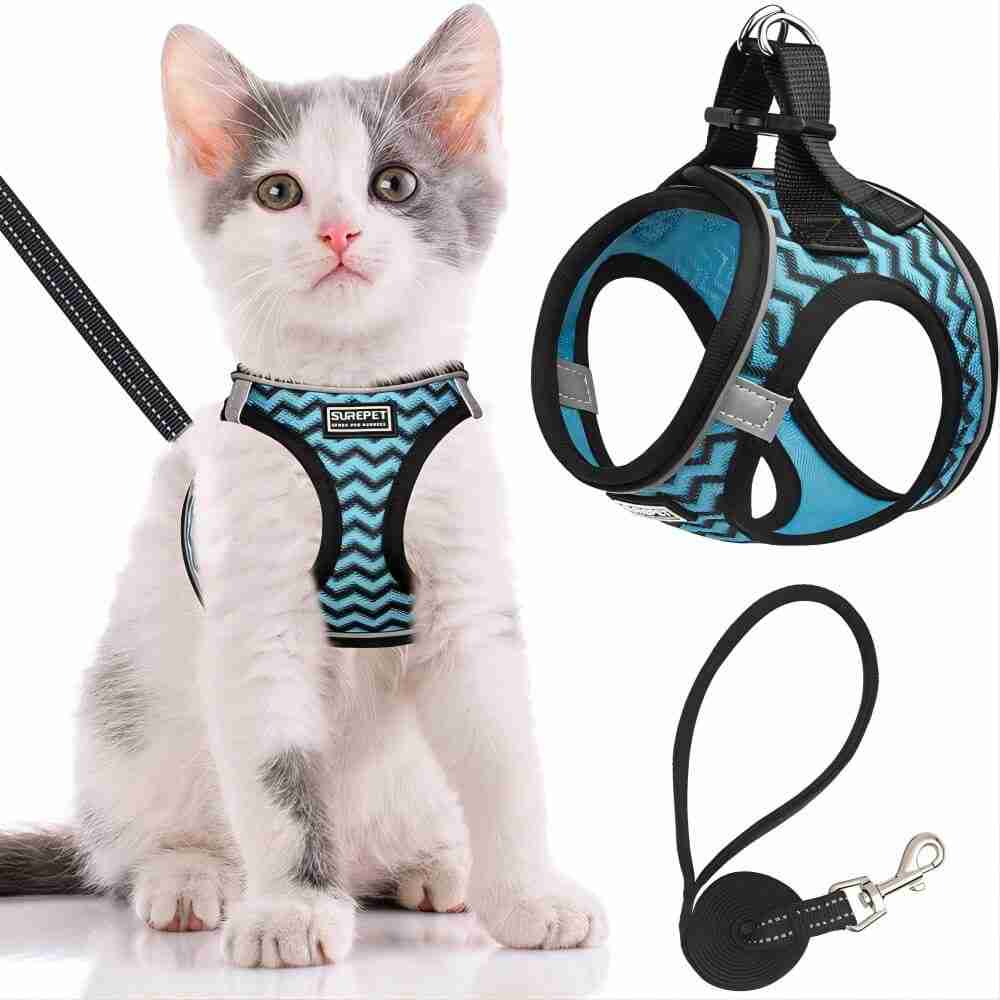1.Build Positive Associations: Get pets to bond with the crate or travel box through positive touches, rewards, and short trips.
2.Gradually adaptable training: Let pets gradually adapt to pet cages or suitcases in a gradual manner, and slowly extend the time.
3.Provide a comfortable environment: Ensure that there is enough space, a comfortable mattress and safe toys in the pet cage or suitcase.
For detailed operation content and video, please continue to read down

Hi dear pet parents! We like to take our baby to travel frequently, have you ever had such troubles? Every time you travel, pets are always disobedient and refuse to stay in the pet cage or suitcase, causing you a lot of trouble? Here, this article will provide you with professional solutions and tell you how to keep your little cute in the pet cage. Let us start a new chapter of travel together and share this wonderful time together.
Steps:
1.First prepare the pet cage or suitcase: choose a suitable size pet cage or suitcase to ensure that the pet has enough space to turn around and stretch its body. Measure your dog from the ground to the top of the shoulder. This is the key measurement to consider when buying and represents your dog’s height. Measure your dog’s length from the tailbone to the tip of the nose, and the length of your pet cage must be longer than this length, so that your dog can turn around and lie down easily. 2.Before your dog rides in its pet cage or suitcase, you need to introduce it to your dog. This should be done 2 weeks before any major travel. Place the travel case in a part of your home where your dog usually hangs out. For example, you can place it near your dog’s bed or toys.
2.Before your dog rides in its pet cage or suitcase, you need to introduce it to your dog. This should be done 2 weeks before any major travel. Place the travel case in a part of your home where your dog usually hangs out. For example, you can place it near your dog’s bed or toys.
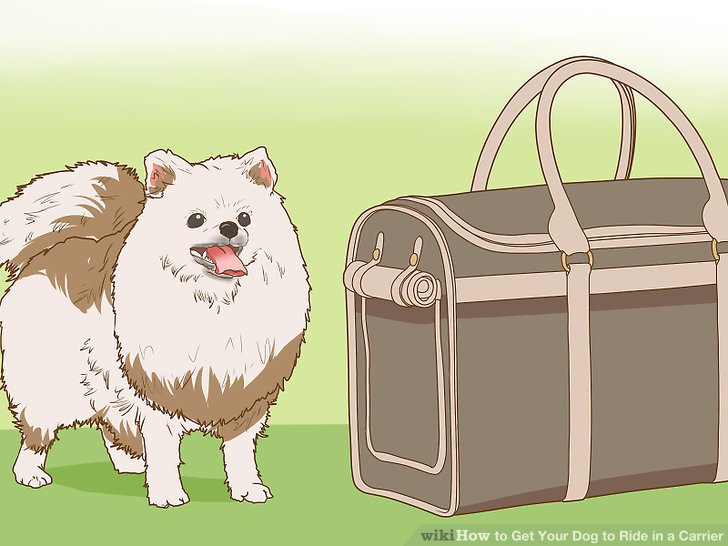
3.Playing with your dog near the pet cage or suitcase will make the dog realize that the pet or suitcase is not a threat. For example, you can play catch and touch next to the pet cage or suitcase. Make your dog feel comfortable near the crate or travel box; the more active your dog is in contact with the suitcase, the more comfortable it will be.
4.Guide pets to enter, use pet snacks, bait or toys, and let your dog have the opportunity to explore the suitcase in his own way. This can guide pets into the pet cage or suitcase, and you need to give praise and rewards in time. For example, open or remove the door of a suitcase and put some treats inside. Let the dog go to the suitcase, and you need to praise it in time.
Note: Never push or force the dog into the cage.
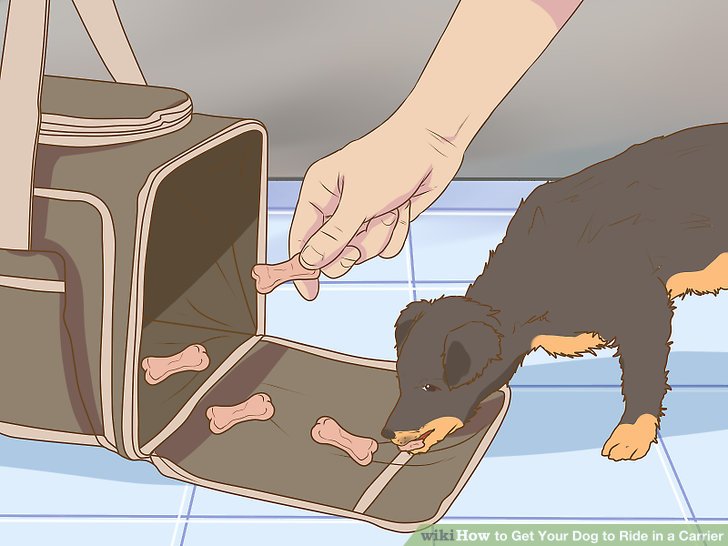
5.Gradually increase the time, starting from a short time, and gradually extend the pet’s stay in the pet cage or suitcase. Give your pet plenty of attention and rewards while gradually increasing the time. Allow your dog to get comfortable with the suitcase by placing your dog in the suitcase for 5 to 10 minutes at a time. At first, you have to stay with your dog to get him comfortable, put the suitcase at your feet and talk to your dog so he doesn’t feel alone.
As this becomes easier, increase the time the dog is in the crate by 15 minutes. Continue increasing the time until the dog is comfortably in the harness for an hour. Once your dog is more comfortable, you can try leaving the room for short periods of time.
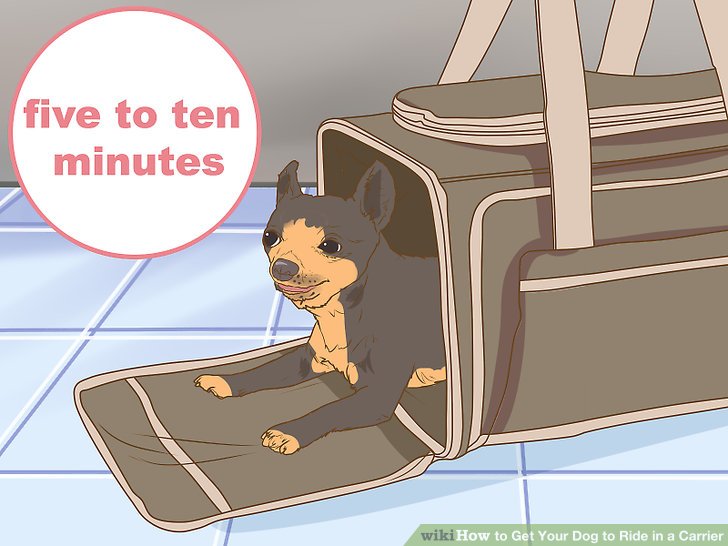
6.Create positive associations by offering a tasty treat or favorite toy when the pet enters the kennel or travel box, allowing the pet to associate the experience with a positive one.
You can use 1 command word to train your dog to enter the pet cage or travel box without treats. For example, you could say “go in your carrier.” Remember, you must use the exact same commands when you train your dog. Otherwise, the different commands can become frustrating and confusing for your dog.
Train your dog to enter the kennel or travel crate on command with you holding the treat in your hand and saying “put in your crate”. Then put the treats in the travel case. Once the dog is in the crate, give him another additional reward, and eventually your dog will associate the command with the act of entering the crate.
NOTE:Start by practicing commands, never cage the dog. You can close the crate with the dog in it when it becomes more comfortable.
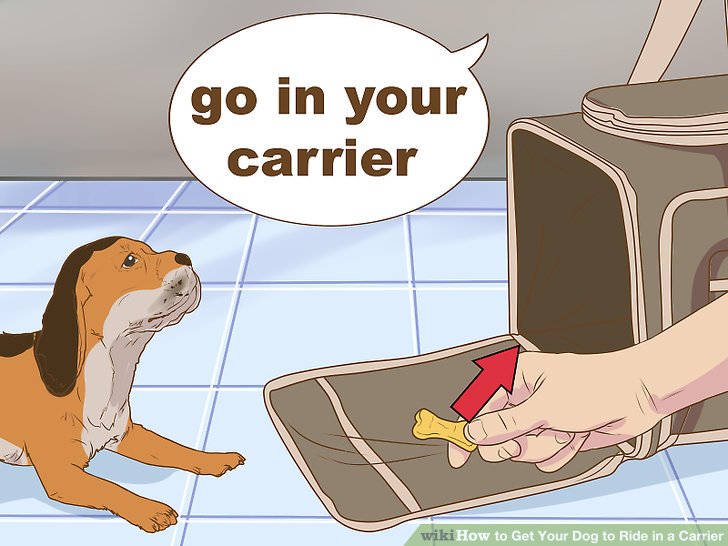
7.Take your dog for an adaptive short-distance trip. Before starting a long-distance trip, let your dog travel comfortably in the suitcase. Take your dog to a fun place like a dog park. Dogs associate suitcases with positive travel and experiences.
If you’re taking your dog on a plane, you should first take them into the car in a suitcase. This will help them get used to the noise and movement of the engine.
Remember, every time your dog travels in a harness, reward him with treats and praise.
8.Provide a comfortable environment, and place a comfortable mattress in the pet cage or suitcase to make the pet feel comfortable and at ease. If your dog has a favorite blanket and is used to sleeping with it, please put it in the cage. At the same time, provide pets with favorite toys, such as its plush toys, so that the pet will not feel bored during the trip, This will give your dog something to play with or snuggle with while traveling. It also helps comfort them and may even reduce their anxiety.
A word of caution here: don’t wash your dog’s blankets. Familiar scents can actually help comfort them when they’re in their suitcase.
9.It is recommended that you give your dog enough exercise before a long journey. Make sure your dog gets plenty of exercise and exercise before traveling. This can tire your dog out and he may fall asleep while traveling. You don’t want your dog restless and whining in a harness. It’s also a good idea to allow the dog to defecate and pee during this exercise. This will help prevent the dog from pooping in the suitcase.
10.Pay attention to safety: Make sure that the door lock of the pet cage or suitcase is firm, and there are no sharp edges or debris, so as not to hurt the pet.
11.If your dog is unable to relax while traveling in a kennel or travel crate, you may want to discuss the use of sedation with your veterinarian. A professional veterinarian will evaluate your dog’s health and determine whether sedation is appropriate.
The core points and principles:
1.Patience and gentleness: training takes time and patience, do not reprimand and scold loudly, and forcibly pushing is strictly prohibited.
2.Inertial use: Use the pet’s nature and curiosity to attract it into the pet cage or suitcase, such as putting in its favorite toys or food.
3.The space is gradually increased: at the beginning, a small mattress can be placed in the pet cage or suitcase, and the space is gradually increased to allow the pet to adapt to a larger area.
4.Pre-training and acclimatization: 2 weeks before the trip, gradually introduce the pet cage or travel box to acclimatize the pet to its presence and build positive associations through rewards and games.
5.Softly soothing: When the pet enters the pet cage or suitcase, comfort the pet with gentle voice and affirmative language, making it feel safe and relaxed.
6.Gradually extend the time: At the beginning, only let the pet stay in the pet cage or suitcase for a few minutes, and then gradually increase the time until the pet can stay in it for several hours.
Questions and Answers Related to Pet Cages or Travel Carriers
Q: What should I do if the pet refuses to enter the pet cage or suitcase?
A: You can try to use bait, toys or food that pets like to guide pets in, and give rewards and praises.
Q: What should I do if my pet is anxious or restless in a kennel or travel box?
A: Provide a comfortable environment, such as a comfortable mattress, safe toys, and a quiet space, and consider sedation or a consultation with your veterinarian.
Q: How can I prevent my pet from becoming disgusted with the crate or suitcase while traveling?
A: Gradually introduce a pet cage or travel box to create positive associations and allow the pet to associate it with positive experiences and rewards.
Q: What should be paid attention to when choosing the size of pet cage or suitcase?
A: The kennel or suitcase should have enough room to allow the pet to turn and stretch, but not so large that the pet will feel uneasy.
We hope that the information provided to you can help resolve your questions and confusion. Please remember to be patient and gentle during the training process, each pet has different personalities and needs, and appropriate adjustments and individualized training methods need to be designed according to their situation. At the same time, be sure to focus on your pet’s safety and comfort to provide it with a positive and enjoyable travel experience.
IMPORTANT Once again, it takes time and patience to train a pet to behave in a crate or travel case while traveling. Take your time, give your little one enough love and attention, and I believe they will gradually adapt and enjoy the fun of traveling.
Hope this article can help you, I wish you and your pets have a pleasant travel experience! Remember to bring a pet cage or suitcase, and travel with confidence!

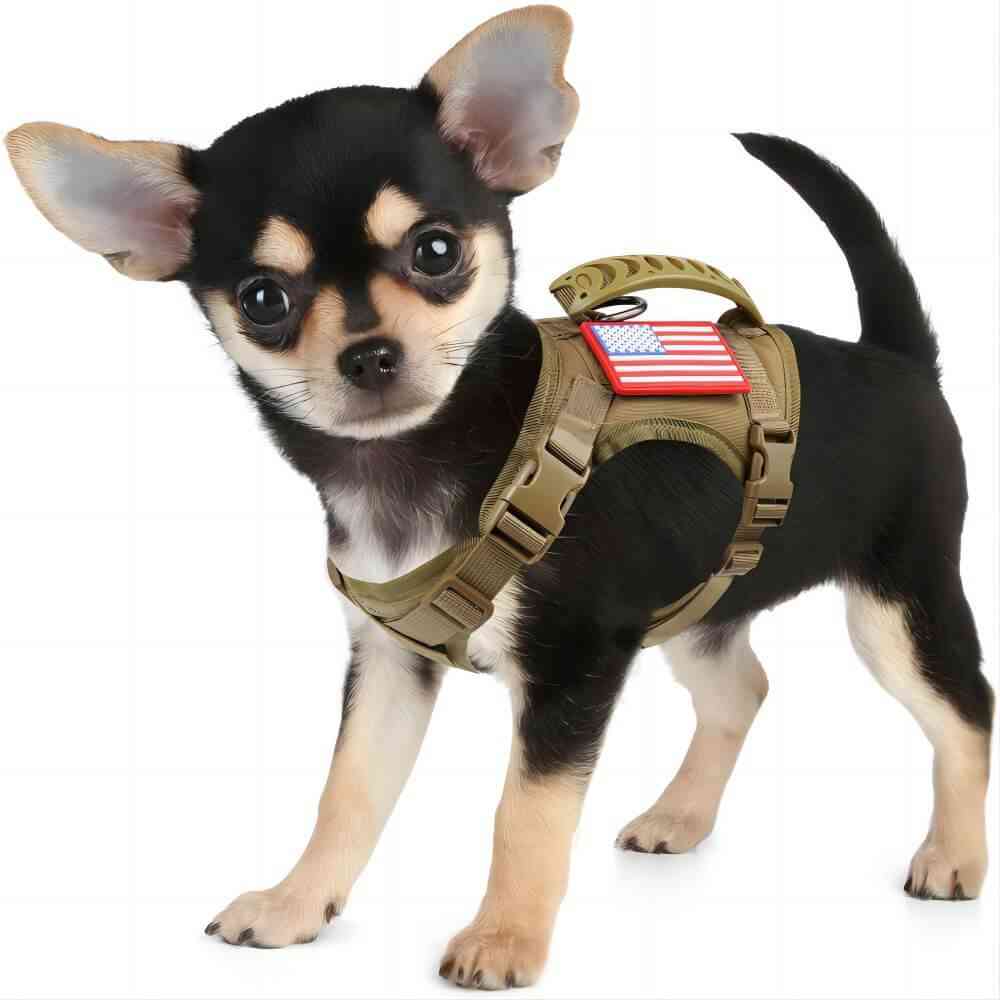

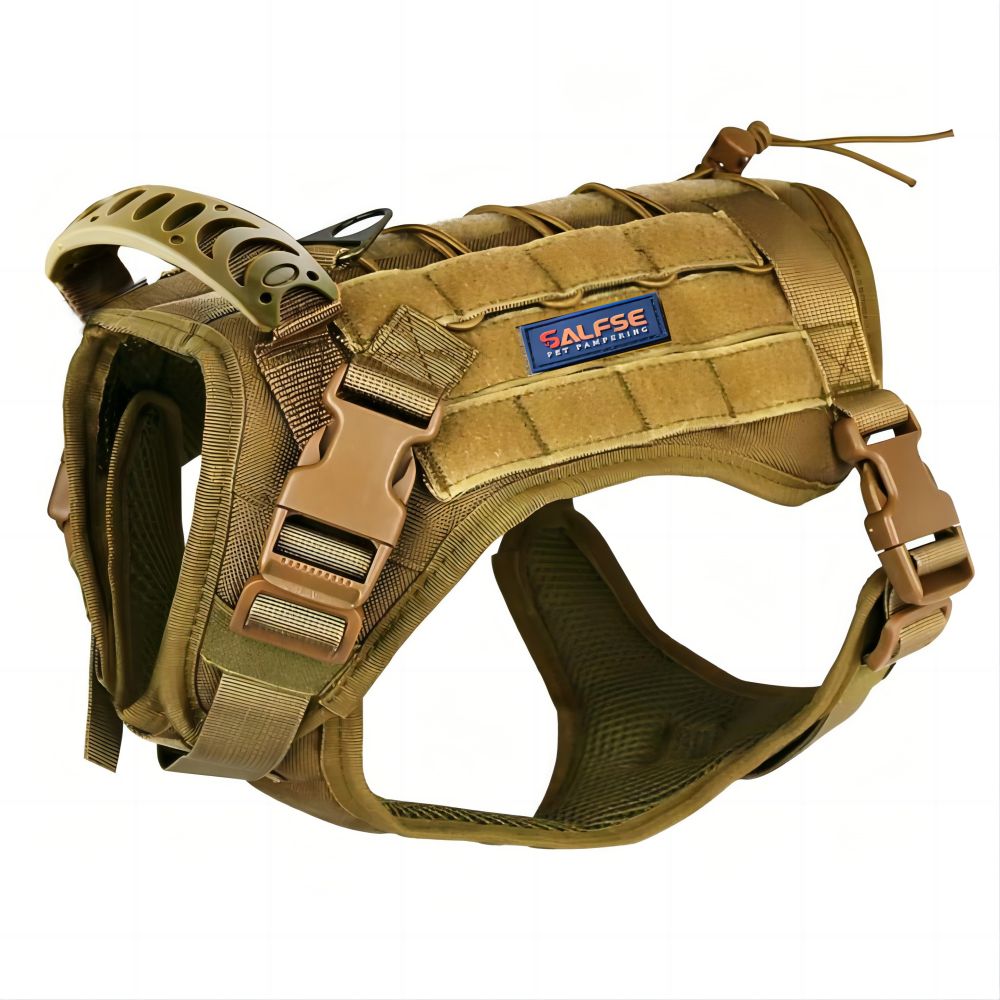
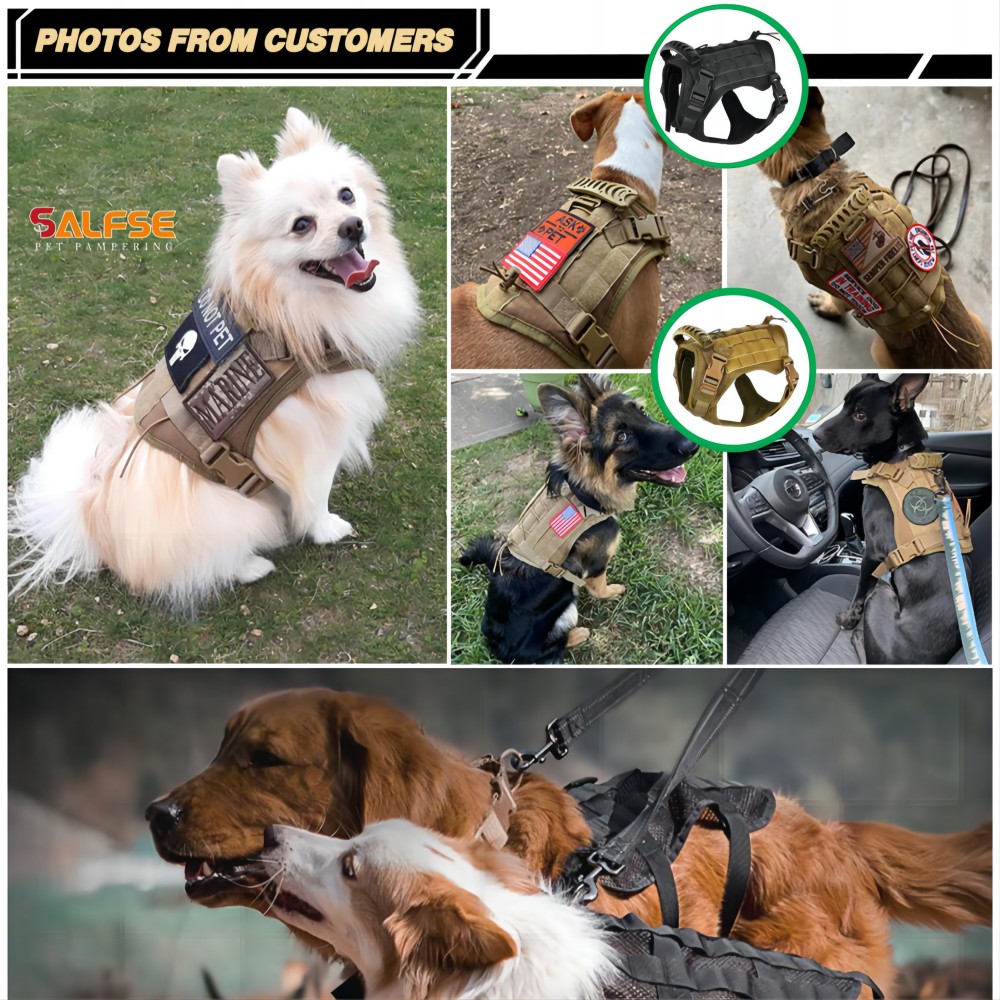
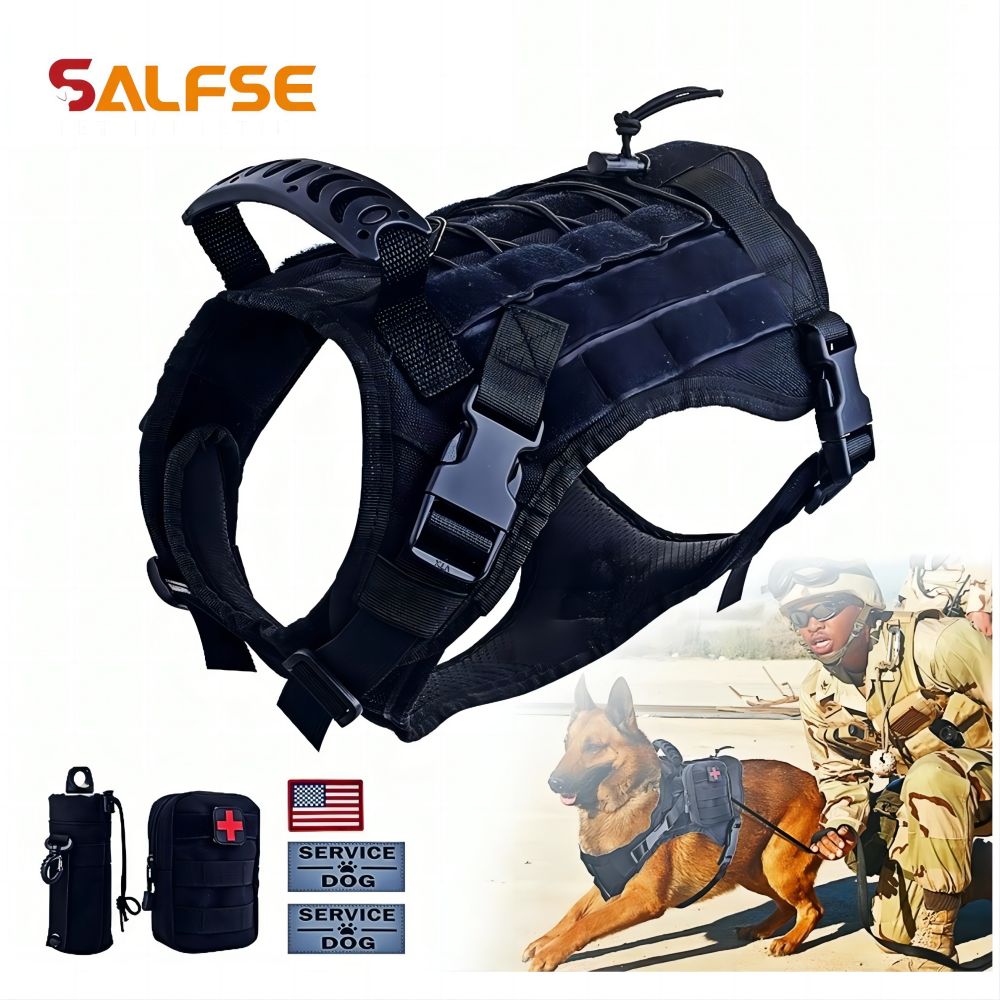
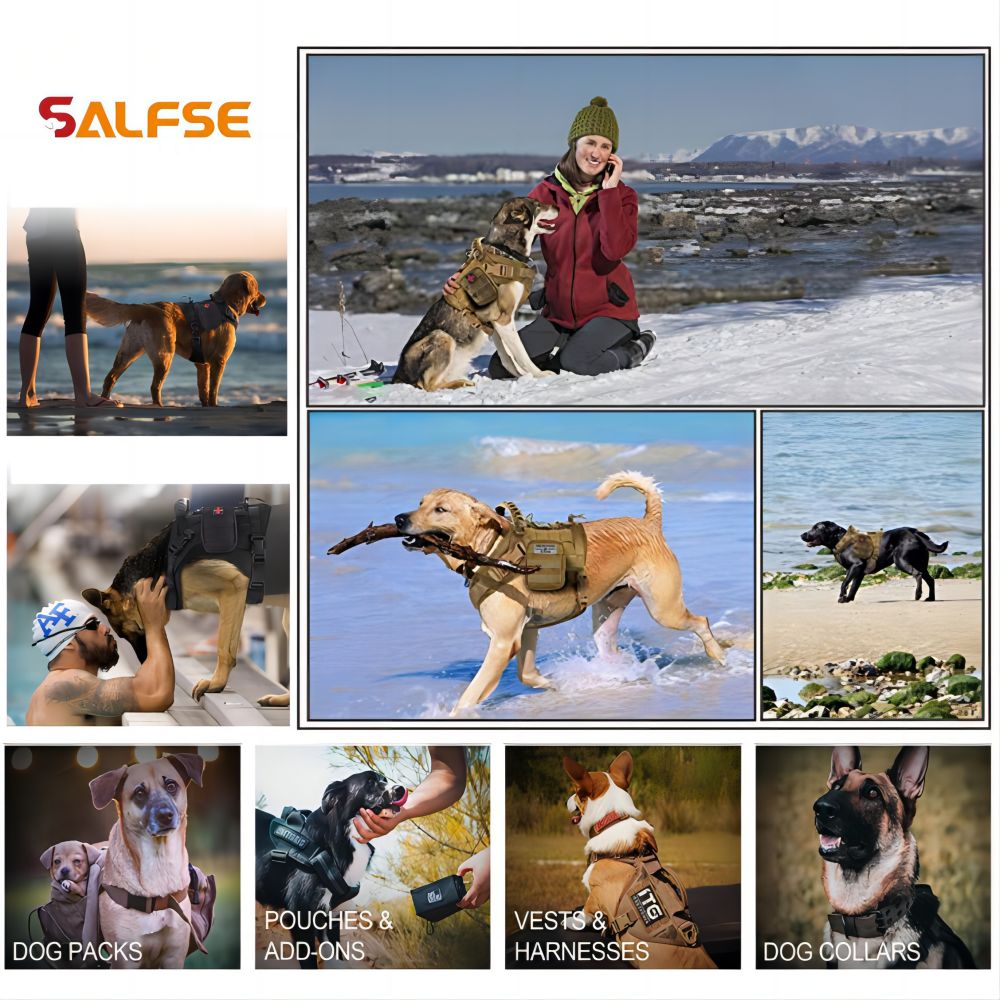
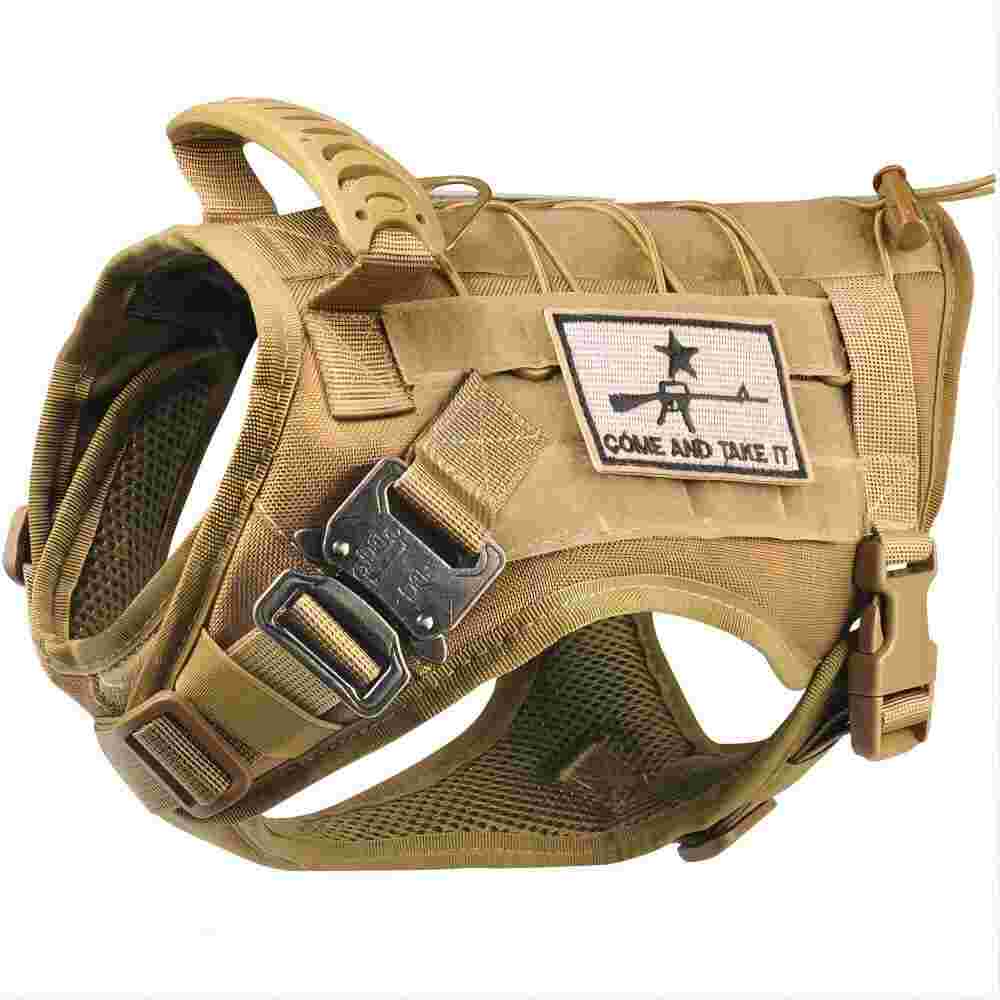
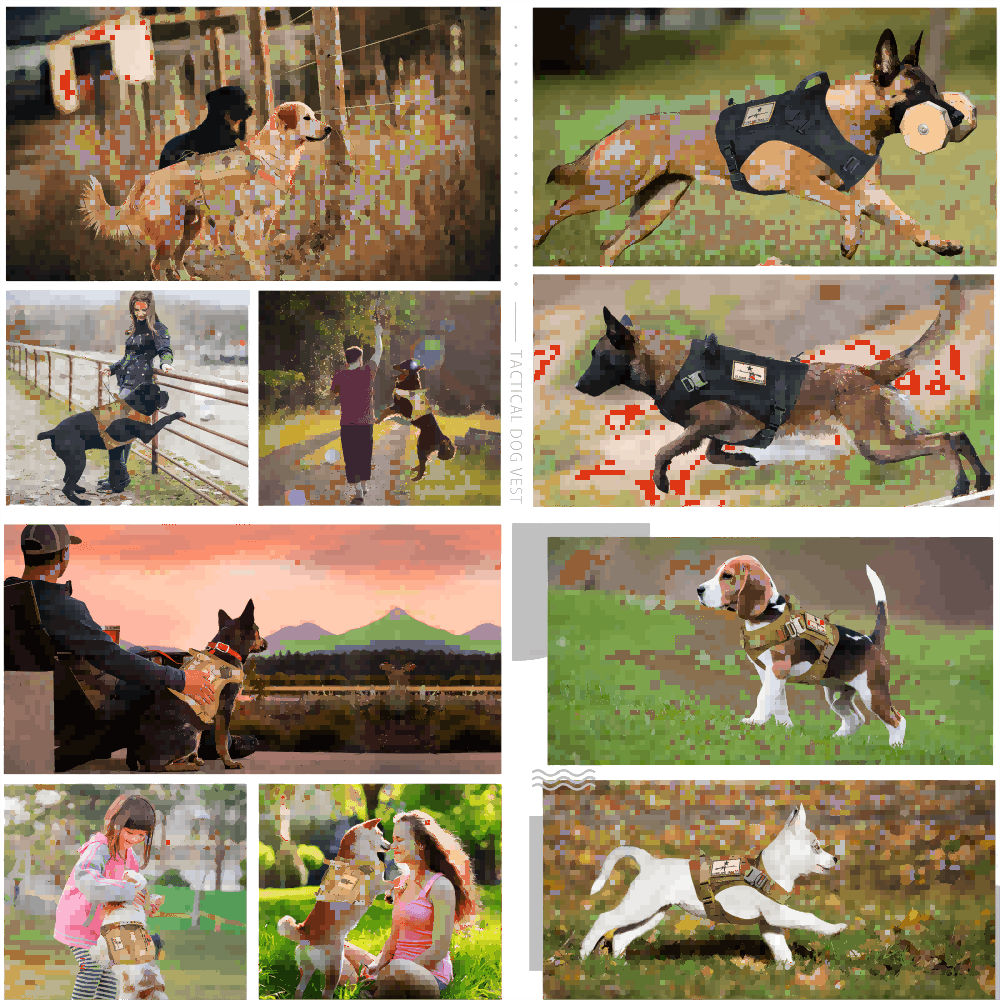
-1.png)
